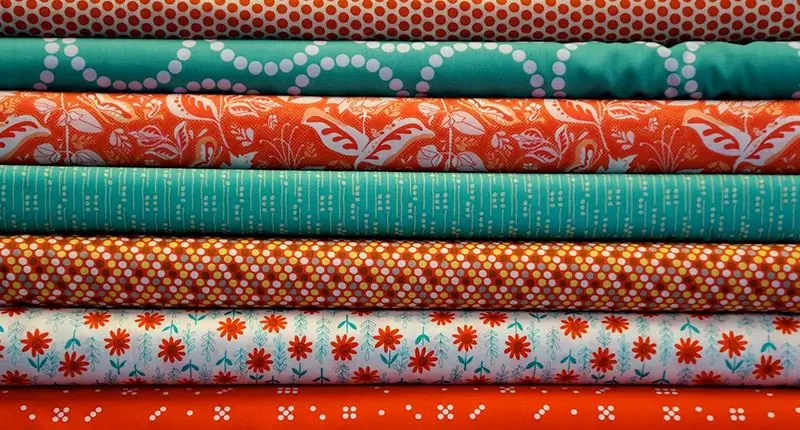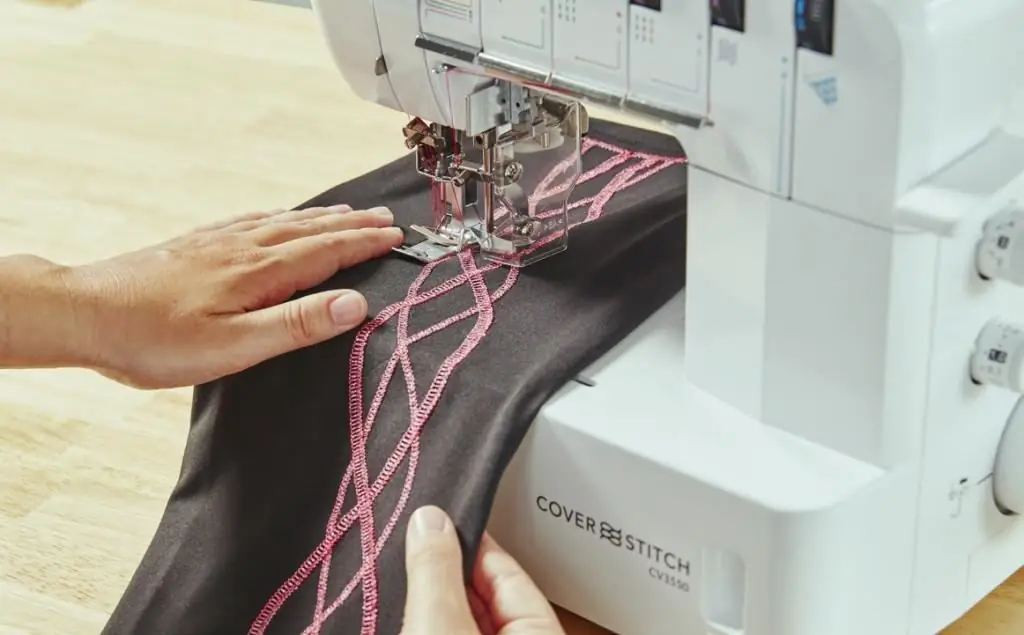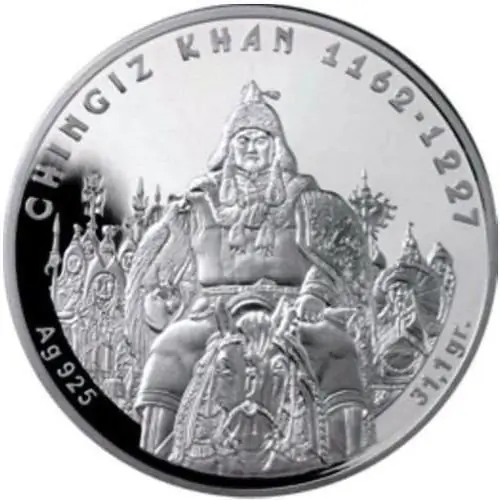
Inhaltsverzeichnis:
- Autor Sierra Becker [email protected].
- Public 2024-02-26 04:43.
- Zuletzt bearbeitet 2025-06-01 05:43.
Bevor Sie Nähmaterial kaufen, sollten Sie wissen, wie Sie die Vorderseite des Stoffes anhand der Kante, des Musters, des Flors usw. bestimmen. Schließlich hängt das Aussehen des Produkts von seiner Wahl ab. Das Wichtigste ist jedoch, die Seiten zu bestimmen, bevor das Produkt geschnitten wird. Es wird nicht empfohlen, eine so wichtige Sache abends und unter sehr hellem künstlichem Licht zu tun, da dies die Realität verzerrt. Am Morgen kann sich herausstellen, dass die getroffene Wahl falsch war, und der Fehler an allem eine optische Täuschung ist.
So bestimmen Sie die rechte Stoffseite

Wenn Sie in den Laden kommen oder sich die Stoffe der Dinge ansehen, die Sie zu Hause haben, werden Sie feststellen, dass sie sich im Aussehen ziemlich unterscheiden. Ihr Unterschied kann sowohl in der Art der Oberfläche (durchbrochen, bestickt, mit Webmuster) als auch in der Art der Farbe (bunt, bedruckt, glatt gefärbt oder gebleicht) liegen. Es gibt auch mehrfarbige Jacquardstoffe - Wandteppiche. Solche Stoffegelten als schwierig herzustellen, aber es ist sehr einfach, die Vorderseite an ihnen zu bestimmen.
Viele Menschen wissen, dass Stoffe je nach Faserzusammensetzung unterschiedlich veredelt werden. Natürliche werden gesengt, gebleicht, gefärbt. Die gesamte Endbearbeitung erfolgt auf einer Seite des Produkts - der Vorderseite. Beim Weben werden alle Unregelmäßigkeiten und Knoten auf der falschen Seite verborgen, daher sind alle Stoffe auf der Vorderseite glatter und heller, mit einer sauberen Oberfläche oder umgekehrt mit einem erhabenen, konvexen Muster. Es wird sich auch anders anfühlen (glatt und angenehm, hat ein klareres, geprägtes Muster).

Wie man die rechte Seite eines Stoffes von der falschen Seite unterscheidet
Sie sollten wissen, dass Stoffe einseitig und doppelseitig sind. Die linke Seite und die Vorderseite von einseitigen Stoffen sind ziemlich unterschiedlich. Bilaterale unterscheiden sich geringfügig oder überhaupt nicht. Manchmal können beide Seiten der Leinwand gleichermaßen verwendet werden.
Vorderseite verschiedener Stoffarten
Also, wie man die Vorderseite auf unifarbenen Stoffen bestimmt und nicht nur:
- Bedruckter Stoff: Wo es heller ist, ist die rechte Seite.
- Stoff mit Muster (gewebt): Bei solchen Stoffen wird das Design auf der Vorderseite klarer und markanter.
- Stoffe mit Satin und Satinbindungen. Auf der Vorderseite haben diese Gewebe eine glänzendere und glattere Oberfläche, der Saum verläuft in verschiedenen Winkeln und haben ein schönes Aussehen. Von innen sehen diese Stoffe eher wie Leinwände mit Leinwandbindung aus.

Stoff mit Paillettenbesatz, Lurexmetallfaden, Prägung, Lederoptik, Stickerei. Bei Stoffen aus Mischrohstoffen wirkt die Vorderseite immer „teuer“. In allen Fällen wird die falsche Seite der Vorderseite in Schönheit überlegen sein. Die Stickfäden liegen flach, ohne Knoten, der Stich bedeckt das Motiv vollständig
Komplexere Merkmale zur Bestimmung der Vorderseite
Nicht alle Florstoffe haben Flor auf der Vorderseite. Bei Bumazee ist die Florseite die falsche Seite, aber normalerweise hat dieser Stoff ein gedrucktes Muster und eine schöne glatte Oberfläche von der Vorderseite. Aber Samt, Samt, Velours ist von der Seite des Flors schön, daher ist es schwierig, einen Fehler bei der Bestimmung der Vorderseite zu machen. Zum Beispiel bezieht sich einfarbiger Flanell auf einen doppelseitigen Stoff - er hat auf beiden Seiten die gleiche Farbe, Leinwandbindung und Zotten.

Das Abdecktuch hat auf der Vorderseite einen glatten Flor und liegt in einer Richtung, oder es gibt ein dichtes, fusselfreies Muster. Diese Stoffart kann auf der linken Seite lockerer gewebt sein.
Dies gilt auch für Stoffe. Es ist in den meisten Fällen in Leinwandbindung und stark getuftet, was zu einigen Schwierigkeiten bei der Bestimmung der Vorderseite führt. Es ist notwendig, mit den Fingern kräftig von verschiedenen Seiten und in verschiedene Richtungen zu fahren, und die Seite, auf der der Flor weniger dicht und von geringerer Qualität ist, ist die falsche Seite.
Was ist zu tun, wenn alle oben genannten Methoden zur Bestimmung der rechten Seite des Stoffes keine Antwort geben? dürfenIdentifizieren Sie die Seite durch die Qualität der Oberfläche der Materie. Das heißt, die Vorderseite ist die Seite, auf der die Oberfläche des Stoffes keine Flusen und Knötchen aufweist und glatter ist. Das Vorhandensein von Flusen ist nur Stoffen aus Naturfasern eigen.
Um das Vorhandensein von Zotten oder die Helligkeit der Farbe zu bestimmen, sollte die Materie auf Augenhöhe gebracht und ins Licht geschaut werden. Wenn keine ausgeprägten Defekte festgestellt werden konnten, kann ein solches Gewebe bilateral zugeschrieben werden.
Bestimmung der Bahnseite entlang der Kante
Sie können die rechte Seite des Stoffes an der Kante erkennen (sowohl an der Qualität als auch an den Löchern darauf). Die Kante wird auf der Vorderseite von besserer Qualität sein. Wenn der Stoff während des Veredelungsprozesses über die Kalander gespannt wird, bleiben Löcher zurück. Es ist allgemein anerkannt, dass sie oben konvex und von innen konkav sein sollten, aber in der Praxis passiert es umgekehrt.

Schlussfolgerung
Vor dem Schneiden von komplexen Stoffen ist es notwendig, an mehreren Stellen, vorzugsweise in Ausfallschritten zwischen den Mustern, die Vorderseite zu kennzeichnen. Dies geschieht normalerweise in kleinen, zeichnenden Kreuzen. Dies ist nicht nur wichtig, um beim Nähen keine Teile zu verwechseln, sondern auch zum Beschneiden von Lamellen, Pickups, Klappen usw.
Wenn alle visuellen Methoden ausprobiert wurden und die Zweifel nicht verschwunden sind, vergessen Sie nicht die taktilen Empfindungen, denn die Sensibilität der Finger wird niemals nachlassen.
Es kommt auch vor, dass die Näherin offensichtlich die falsche Seite wählen möchte (diejenige, die für die Menschen, die den Stoff hergestellt haben, die falsche Seite ist), weil sie ihr im Gegenteil attraktiver erscheint.
Und wenn jaund es war nicht möglich, eine der Parteien mit vollem Vertrauen auszuwählen, dann wird niemand außer dem Eigentümer des fertigen Produkts davon erfahren, weil im Vergleich alles bekannt ist.
Empfohlen:
Woraus bestehen Billardkugeln? Was ist der Unterschied zwischen einem modernen Billardset und den ersten?

Woraus bestehen Billardkugeln? Was ist der Unterschied zwischen einem modernen Billardset und den ersten? Elfenbein und andere Materialien für Billardkugeln. Woraus bestehen Billardkugeln heute?
Welches Abzeichen der UdSSR ist das seltenste und wertvollste? Was bestimmt die Kosten für Abzeichen aus der Zeit der UdSSR?

Das Abzeichen der UdSSR, das in den ersten Jahrzehnten der Sowjetmacht in limitierter Auflage herausgegeben wurde, kann ein Schmuckstück der Faleristik-Sammlung werden. Versuchen wir, das Problem der Kosten verschiedener Arten von Abzeichen aus der Zeit der Sowjetunion zu verstehen
So bestimmen Sie die Größe von Perlen

Für Handarbeitsmeister ist die Auswahl der Perlen und die Bestimmung ihrer Größe wichtig, da die Qualität und Attraktivität der fertigen Arbeit von den richtigen Materialien abhängt. Wie Sie die Größe der Perlen bestimmen, erfahren Sie in diesem Artikel
Overlock oder Teppichlock: was ist der Unterschied, was ist besser, Vor- und Nachteile

Jeder, der gerne schneidert, hat irgendwann den Wunsch, den heimischen Nähpark zu erweitern. Es stellt sich die Frage, was Sie kaufen sollten, um Ihr Hobby zu diversifizieren und möglicherweise zu einer zusätzlichen Einnahmequelle zu machen
Die Münze von Kasachstan ist der Hüter der Geschichte und Kultur der Steppenbewohner

Die Münze Kasachstans verdient besondere Aufmerksamkeit, da die Münze dieser Republik für kurze Zeit ihres Bestehens internationale Anerkennung unter den modernsten Unternehmen in dieser Branche erlangt hat. Sammler schätzen diese Stücke und sammeln sie seit Jahren
